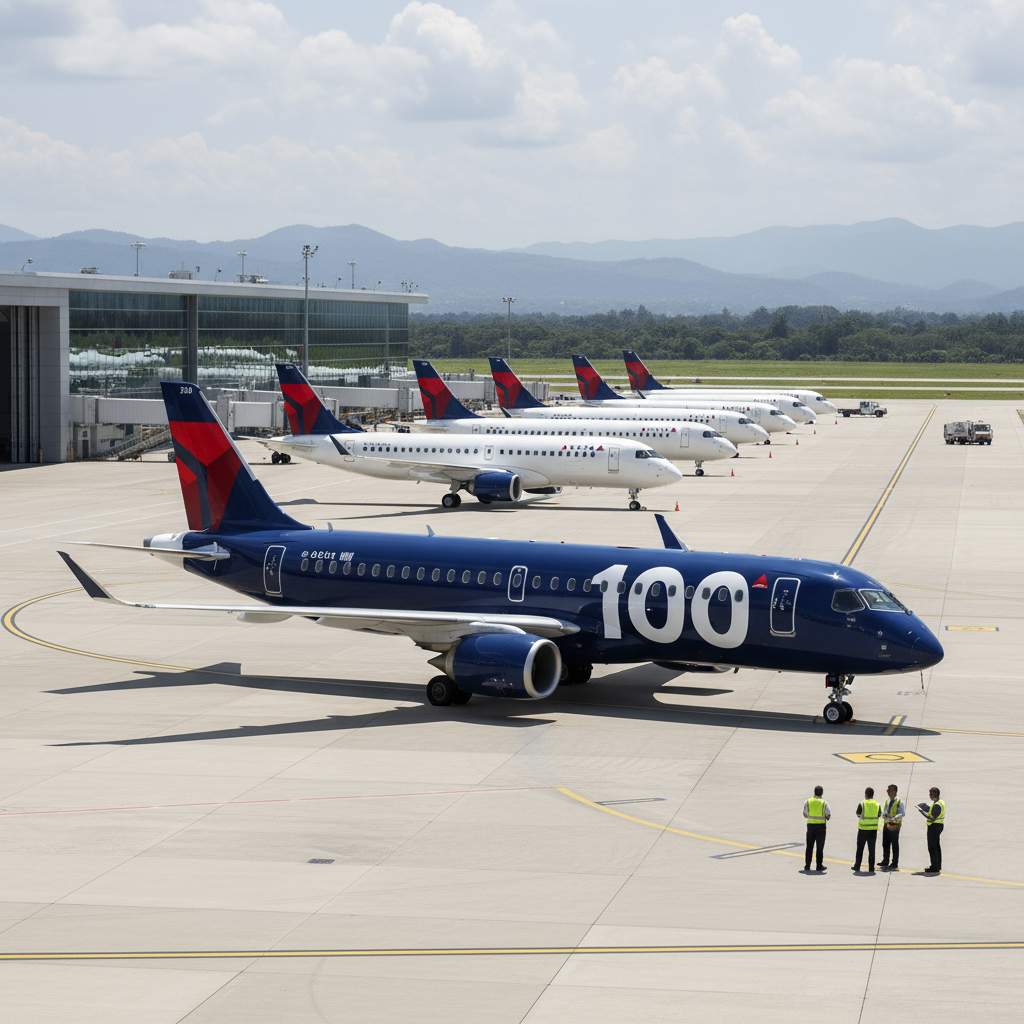Physical Address
304 North Cardinal St.
Dorchester Center, MA 02124
Physical Address
304 North Cardinal St.
Dorchester Center, MA 02124
Global aviation news tracker
Global aviation news tracker

Airbus has reached 100 A220 deliveries in 2025, meeting its annual target and underscoring strong demand for the 100–150 seat jet.
The milestone was confirmed by Airbus Canada CEO Benoit Schultz and reflects a production ramp-up across Airbus facilities in Canada and the United States. The A220 family (A220-100 and A220-300) is being marketed as a fuel-efficient single-aisle option for carriers updating regional and short-haul fleets.
Airlines worldwide have leaned on the A220 for fleet modernization because it delivers lower fuel burn and fewer CO2 emissions versus older regional types. Airbus says the program remains central to capturing share in the 100–150 seat market, supported by a solid order backlog that keeps production lines busy through 2025.
Operationally the A220’s combination of range and cabin comfort has made it attractive to legacy and low-cost carriers alike. While specific airline deliveries and tail numbers vary, the wider trend is clear: carriers are prioritizing twinjet efficiency and passenger experience in network planning and sustainability goals.
Reaching 100 A220 deliveries is more than a round number. It signals airline confidence in newer, smaller wide-cabin alternatives to squeeze more efficiency from routes once flown by older narrowbodies or turboprops. For Airbus, the A220 program anchors growth in a segment traditionally dominated by other manufacturers and helps airlines meet emissions targets with immediate fleet swaps rather than long-term tech bets.
Looking ahead, Airbus will lean on continued production increases, supplier support and backlog conversion to sustain momentum for the A220. The program’s performance in 2025 will be watched closely by airlines plotting network changes and by competitors responding in the 100–150 seat market.